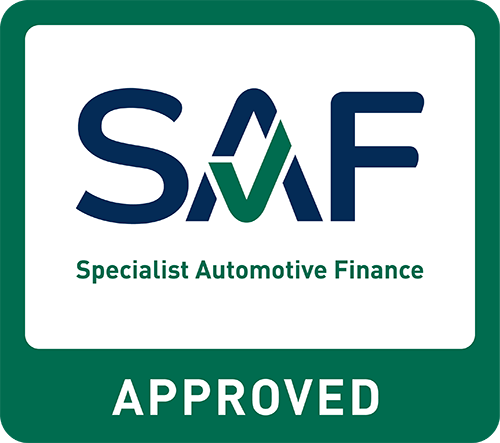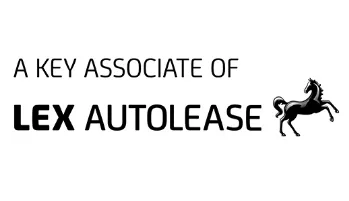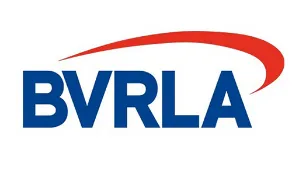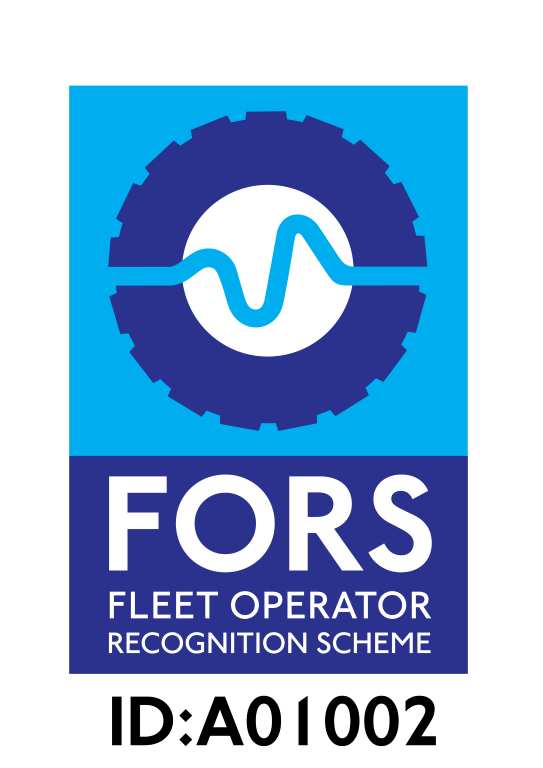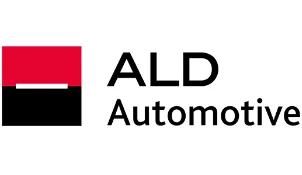Over the coming weeks, we will be bringing you a series of guides to driving in some of Europe's top driving destinations.
In this first installment, we'll be exploring the ins and outs of driving in France. As one of the most popular tourist destinations in the world, France has a lot to offer drivers, from scenic routes through the countryside to navigating the bustling streets of Paris. Whether you're a seasoned driver or a first-time visitor, this blog will provide you with helpful tips and insights to make your driving experience in France safe, enjoyable, and hassle-free. So buckle up and join us on this journey through the beautiful country of France!
Preparing the Journey
Driving from the UK to Europe can be an exciting adventure, but it's important to be prepared for the journey. The first step is to ensure that your vehicle is in good condition and that you have all the necessary documentation, including a valid driving licence, passport, and vehicle registration papers. You may also need an International Driving Permit (IDP) depending on the countries you plan to visit.
Once you're ready to set off, you'll need to catch a ferry or take the Eurotunnel to cross the English Channel. The journey takes around 35 minutes on the Eurotunnel and between 1.5 to 2.5 hours by ferry, depending on the route and operator.
Things you may need
When driving in France from the UK, there are several things you need to have on you at all times to comply with local regulations. These include:
- Valid Driving Licence:
You must have a valid UK driving licence to drive in France. Make sure your licence is up to date and has not expired - Passport:
You will need to carry your passport with you to cross the border and identify yourself if stopped by the police - Vehicle Registration Documents:
You must have the original registration document (V5C) or a VE103 certificate of entitlement if the vehicle is hired or leased - International Driving Permit (IDP):
Depending on the type of licence you hold, you may need an IDP to drive in France. You can obtain one from the Post Office before your trip - Insurance:
You must have valid insurance to drive in France. Check with your insurance provider that your policy covers driving abroad and that you have the necessary level of cover - Warning Triangle:
You must carry a warning triangle in your vehicle and use it if you break down or have an accident - Reflective Vest:
You must carry a reflective vest in your vehicle and wear it if you need to exit your vehicle on a road or motorway - Headlamp Converters:
You will need to fit headlamp converters to your vehicle to avoid dazzling oncoming drivers when driving on the right-hand side of the road
By ensuring that you have all of these items with you when driving in France from the UK, you can help to ensure that your journey is safe and legal
General Driving
Once you arrive in France, you'll need to adjust to driving on the right-hand side of the road. It's important to be aware of the speed limits, which are often lower than in the UK, and to follow local road signs and rules. Tolls are common on French motorways, so make sure you have some change or a credit card that works in the country.
During the journey, you'll have the opportunity to discover the beauty of the French countryside and explore historic cities such as Paris, Lyon, and Marseille. It's important to take regular breaks to avoid fatigue, especially on long journeys.
Overall, driving in France from the UK can be a memorable experience, offering the chance to discover new cultures, cuisines, and landscapes. With proper planning and preparation, it's a journey that can be enjoyed safely and comfortably.
Speed Limits
If you're driving in France as a UK driver, it's important to be aware of the speed limits to avoid fines and penalties. Here are the general speed limits for cars and motorcycles on French roads:
- 30 mph in built-up areas and towns
- 50 mph on non-urban roads without separation between the two carriageways
- 56 mph on non-urban roads with separation between the two carriageways
- 68 mph on urban highways and dual carriageways
- 80 mph on motorways
It's worth noting that these are the maximum speed limits and that local speed limits may vary, so it's important to pay attention to road signs and markings. Also, in wet conditions, the speed limits may be reduced by up to 18 mph.
Top 8 Places to visit
France is a beautiful country with many popular destinations that can be easily explored by car. Here are some of the top places to visit in France by driving:
-
Paris:
The capital city of France is a must-see destination with iconic landmarks such as the Eiffel Tower, Notre-Dame Cathedral, and the Louvre Museum -
Provence:
This region in southern France is known for its stunning lavender fields, picturesque villages, and delicious cuisine -
French Riviera:
This glamorous coastal region on the Mediterranean Sea boasts beautiful beaches, upscale resorts, and charming towns like Cannes and Nice -
Normandy:
This region in northern France is famous for its D-Day landing beaches, historic sites, and delicious local cuisine -
Loire Valley:
This region is known for its stunning chateaux, beautiful gardens, and excellent wines -
Bordeaux:
This city in southwestern France is a wine lover's paradise, with many vineyards and tasting rooms to explore -
Mont Saint-Michel:
This UNESCO World Heritage Site is a medieval abbey and village located on a rocky island off the coast of Normandy -
Strasbourg:
This picturesque city in northeastern France is known for its beautiful architecture, canals, and Christmas markets
Check out these other useful links:
If you need any more advice on requirements when driving a lease car abroad, give us a call on 01702 410470



